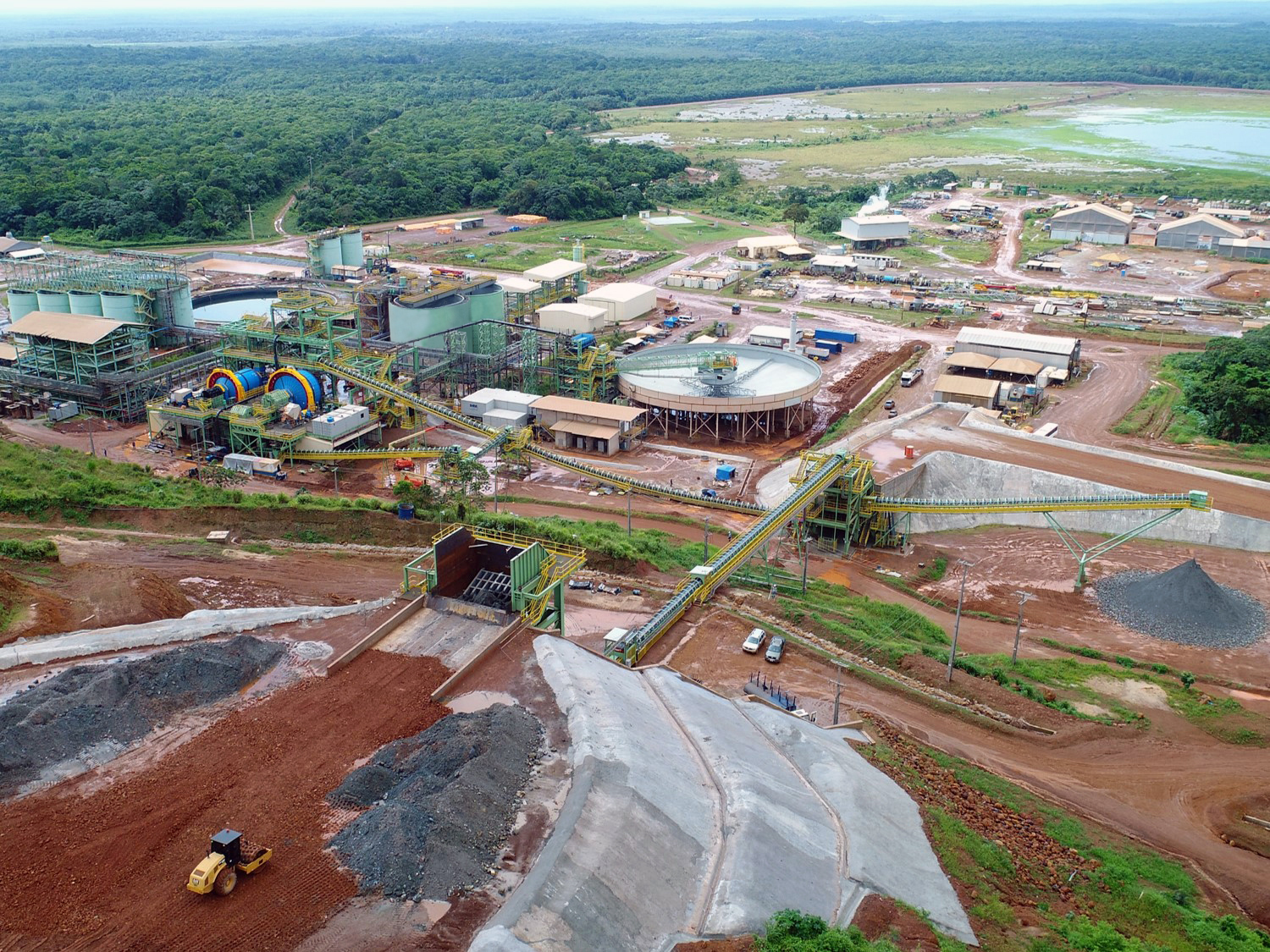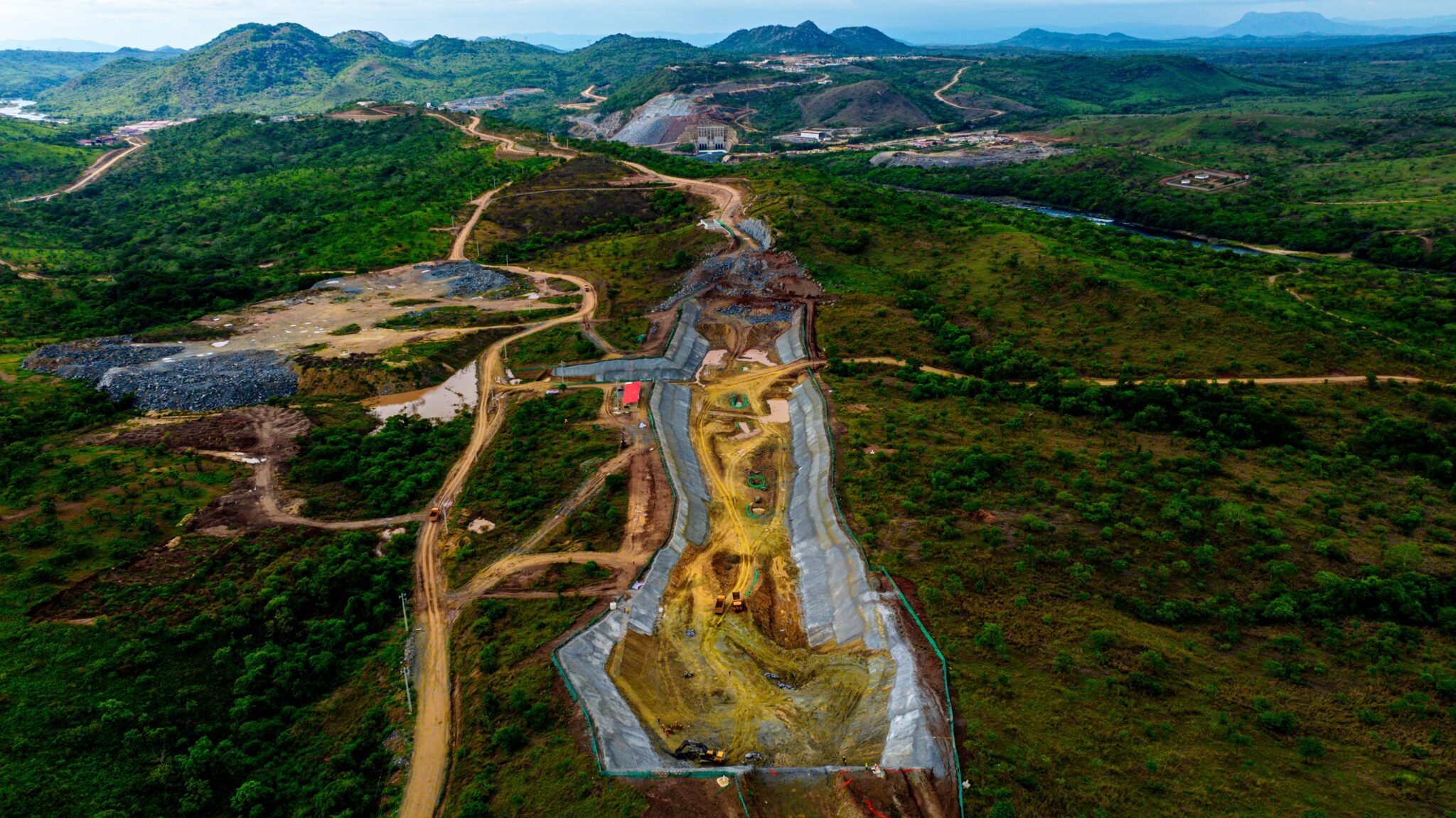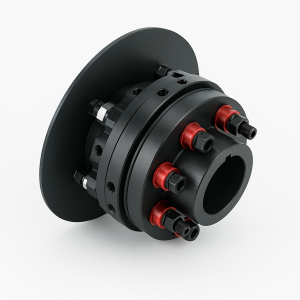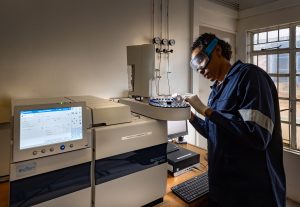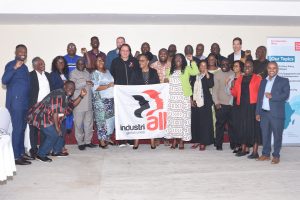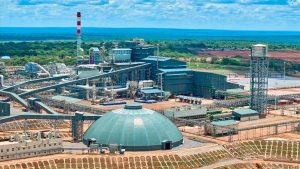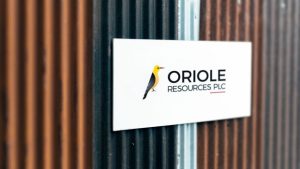Millions of tons of copper remain in a U.S. mine
Morenci, the biggest copper mine in the US. Credit: Wikimedia Commons under license CC By 2.0
The Morenci mine in Arizona, the largest copper mine in the U.S., has been operational for over 150 years. While all easily recoverable copper has been mined, nearly 10 million tons of copper remain locked in waste rock piles.
These reserves are increasingly important for meeting global demand for copper, driven by electrification and technologies like artificial intelligence.
The mine’s owner, Freeport-McMoRan Inc., is advancing the use of sulfide leaching technology to extract low-grade copper from these waste piles. This process, though known for decades, is being refined to make it more cost-effective and environmentally friendly. Other major mining companies like BHP, Rio Tinto, and startups like Jetti Resources are also working to improve this technology to extract copper from the challenging chalcopyrite mineral.
Despite its potential, the technology faces hurdles in scaling and financial feasibility. Miners are cautious about adopting it on a large scale due to uncertainties around cost and efficiency. Success in implementing sulfide leaching could make it a viable alternative to opening new mines, especially given the challenges of high costs, lengthy permitting, and local opposition associated with traditional mining methods.
Copper’s critical role in global electrification and infrastructure has led to renewed focus under policies aiming to boost domestic production of essential minerals. In Arizona, Morenci plays a crucial role in the local economy, supporting 13,000 jobs and contributing over $1.5 billion in statewide economic benefits. Efforts to unlock additional copper reserves could help sustain the mine’s operations long-term and support job creation in rural communities.
Share this content:



